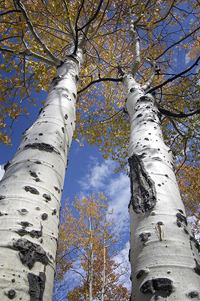What is our purpose?
At Blue Adobe, we believe that the conventional design of schools—curriculum without coherence, buildings closed to the landscapes, and little appreciation for creativity–does not adequately transition young people to college or work. Redesigning schools requires more than adding programs to the current curriculum or mandating new testing schemes.
We think schools should be intentionally designed as aesthetic, spirited, and healthful places—more in tune with and attentive to our senses. We use architecture and landscape to help us design teaching and learning on a human scale, one that is balanced and functions both ecologically and intellectually.
 Our purpose goes to the heart of the dual commitments of education to individuals and society. Successful public schools should create a heightened sense of community and prepare people to live vital, fully engaged lives.
Our purpose goes to the heart of the dual commitments of education to individuals and society. Successful public schools should create a heightened sense of community and prepare people to live vital, fully engaged lives.
We intentionally develop programs and sites that teach through an integration of directed inquiry and place-based learning.
These places and practices are planned to present young people with vibrant, aesthetically inspiring experiences. We are convinced that imagination and creativity are essential human qualities, that they can be taught and preserved, and that pattern languages and kinetic intelligences are critical to developing these qualities.
What are we doing?

Photo © Peter L. Kresan 2006
- Designing school as a thoughtful and sensual space for arrival, gathering, and learning;
- Collaborating with individuals and organizations to design integrated environments in the space of the school;
- Creating a community network of people who are focusing on issues of public health, ecological restoration, and place-based education;
- Working with environmental/ landscape architects to establish regenerative designs for the built school environment;
Building on Research– Studies increasingly show that:
 Good design matters—environmental features affect our senses of self and belonging, the development of a positive identity and decision-making abilities that lead to personal well-being and community-building;
Good design matters—environmental features affect our senses of self and belonging, the development of a positive identity and decision-making abilities that lead to personal well-being and community-building;
- Sensuous connections matter—children who form deep, analogical connections with the natural world develop greater thoughtfulness and an ethic of care toward their environment;
- Healthy environments matter—assessing public health dangers and repairing toxic environments can lead to authentic, community-based interventions and actions that promote good public health and environmental justice;
- Strong communities matter—authentic relationships based on trust and security foster greater interdependence, respect, and creativity among all of the members.
